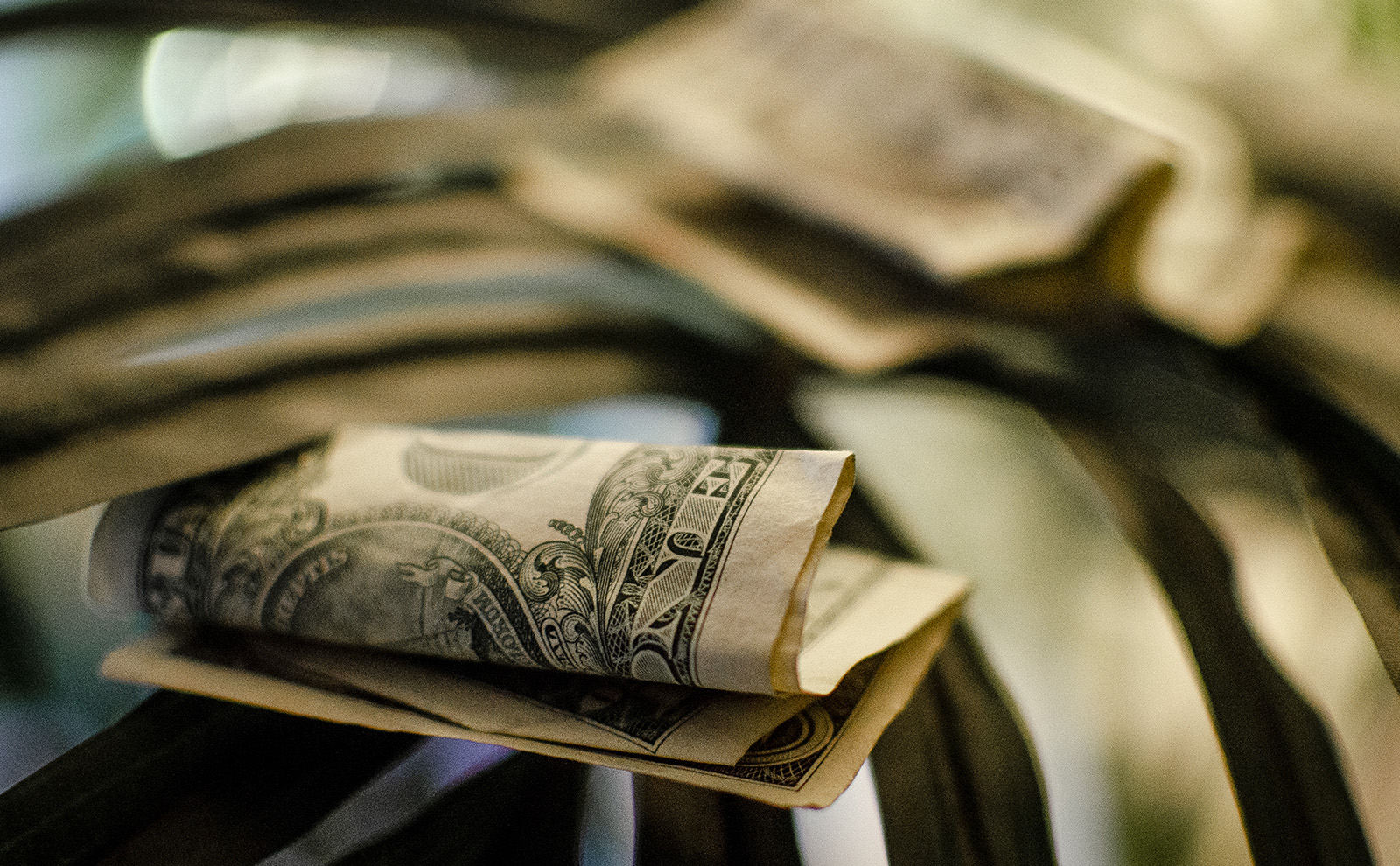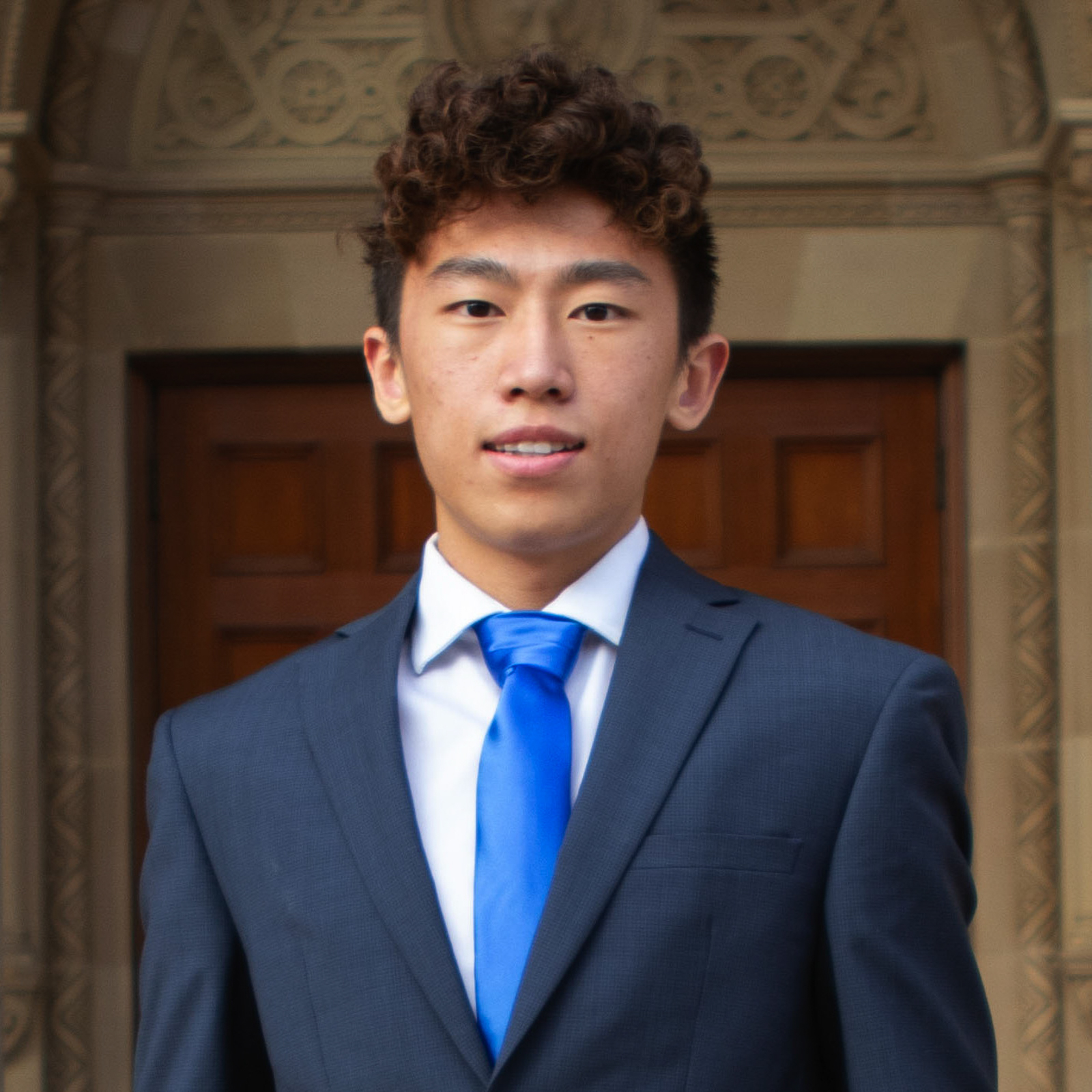Students required to pay more than $100 in campus fees despite facility closures

Student leaders say it’s difficult to lower fees since UCLA will continue paying maintenance and utility costs despite its remote learning status. (Kanishka Mehra/Photo editor)

By Genesis Qu
Sept. 22, 2020 10:53 a.m.
This post was updated Sept. 24 at 8:52 p.m. to reflect new statements from the Campus Events Commission.
UCLA students will each need to pay more than $100 for campus fees for fall quarter, even though the majority of classes will be taught remotely.
Students will be expected to pay a total of $110 for the Ackerman Student Union Fee, the Ackerman/Kerckhoff Seismic Fee, the Student Programs, Activities, and Resources Complex Fee and the Wooden Center Fee, all of which go toward maintenance and construction costs at various facilities on campus.
UCLA Student Affairs is reviewing student fees to determine if a portion of the fees can be refunded to students, said Atreyi Mitra, chair of the Student Fee Advisory Committee, a student-majority committee that advises the chancellor on student-fee-related issues. But, the fourth-year human biology and society and public affairs student added it is unlikely that UCLA will refund fees because of ongoing utilities and maintenance costs.
The university still needs to pay for maintenance and utilities costs even though the school switched to remote learning, Mitra said.
The campus-based fees are not access fees, UCLA spokesperson Bill Kisliuk said in an emailed statement, adding that the University of California Office of the President set tuition and mandatory fees “regardless of the method of instruction.”
Recreation facilities, libraries, Ackerman Union and common areas are not available to the public, but UCLA could open them if the county changes its policies, Kisliuk added.
UCLA also committed to not laying off any student, faculty or staff, said Undergraduate Students Association Council Facilities Commissioner Sachi Cooper. Workers are still paid and will be retrained for another job if their prior training no longer applies, she added.
“(The) Wooden Center is planning on having outdoor recreation and outdoor equipment available, (as well as) online rec classes and the teaching kitchen,” Cooper said. “So they are still paying students to provide (recreational services).”
Undergraduate students will pay $89.38 every quarter to fund their student government’s stipends and programming, according to the UCLA Registrar’s Office.
Undergraduates will also have to pay a quarterly $1.54 Bruin Bash Fee, which funds an annual event welcoming incoming and returning students that includes a concert and the Enormous Activities Fair. Graduate students will also pay a $25.04 fee through the BruinGo Universal Access Transit Pass Referendum, which gives them unlimited access to public transportation in Los Angeles, a quarterly fee approved by the graduate student body in an April referendum.
Alice Naland, the USAC Campus Events commissioner, declined to comment on how the council will use funds generated from the Bruin Bash Fee. Naland was a Daily Bruin photographer 2018-2020. The Campus Events Commission and the Cultural Affairs Commission will host Bruin Bash virtually on Sept. 29 and 30, a CEC tweet said.
Jean Paul Santos, the president of the Graduate Students Association, said that since the BruinGO referendum passed in a democratic vote, he is bound by the GSA constitution to collect the fee. The BruinGO fee will help graduate students who use the city transit system, which is still accessible to the public, he added.
Santos said although he understands that UCLA still has to pay for infrastructure costs, the other portions of the fees should be redirected to provide additional services. Student fees that do not pay for construction could help establish resources for graduate and family housing or create new recreational activities at the Kinross Recreation Center used by graduate students, he said.
“Some of the fees are used to pay for bonds … for construction costs,” said Santos, an engineering graduate student. “So students are actually paying against the debt that the university has incurred to even have these buildings in the first place.”
Cooper said although students may have doubts about the use of their campus utilities and program fees, the money is directed to very specific uses. However, students have no idea what their tuition fees are being used for, Cooper said.
“As a nonresident student, what does that $9,000 a quarter of supplemental tuition go to?” Cooper said. “That is unclear.”
Student tuition funds academic and nonacademic programs such as financial aid, equipment, operation, maintenance, admissions and registration and is set by the UC Board of Regents, according to the UCLA Registrar’s Office.
Students who are experiencing financial hardship can contact the Economic Crisis Response Team at UCLA for additional funding, Cooper said.
“However, this does not account for literally every student, for the most part, having been affected by the pandemic financially,” Cooper said.

